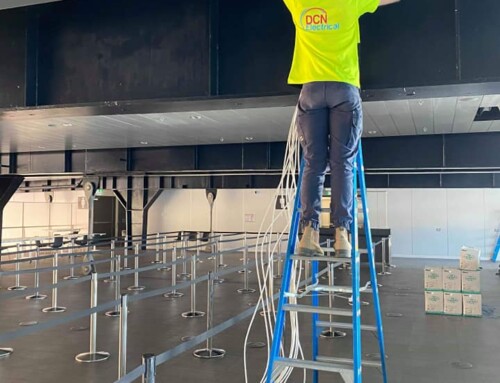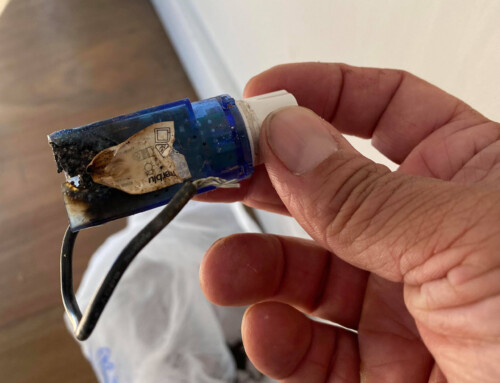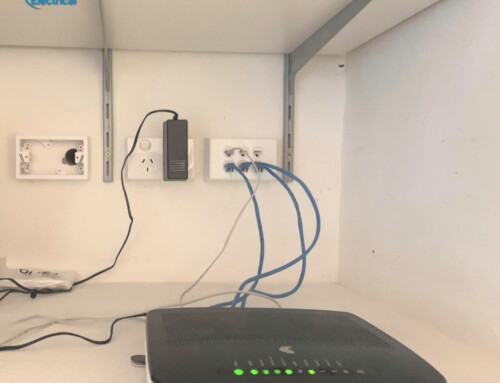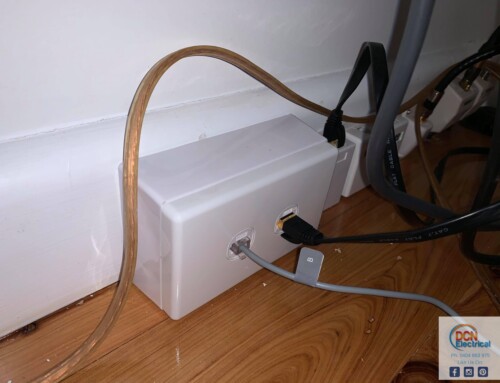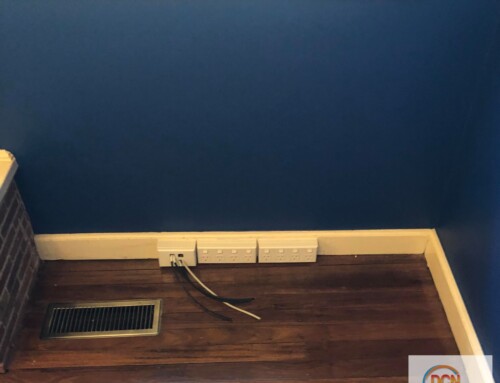What is the Difference Between a Safety Switch and a Circuit Breaker?
In the world of electricity and electronics, one should be precise and exact in the use of terms as well as specify equipments that truly match a definition. Well, it may be surprising, but there are misconceptions that are posed in some electrical devices. These misconceptions must be corrected to avoid destruction in the electrical system as well as promote safety in the household. One common misconception in the electrical world is the confusion between a safety switch and a circuit breaker.
What is a Safety Switch?
Safety switches or residual current devices (RCD’s) are recently compulsory installed in houses. This is a device installed in your switchboard which is designed to provide protection against electrocution and fires caused by electrical faults. On other words, it constantly monitors the current flowing in the live and neutral wires supplying an electrical system or a group of equipment. Once an imbalance occurs wherein the current on the two wires are not equal, the RCD or safety switch immediately cuts off the power before further damage occurs. In summary, safety switches are designed to protect one’s life by turning the off the power to a circuit when an individual comes into contact with live wires or live appliance parts.
What is the Difference Between a Safety Switch and a Circuit Breaker?
These two devices different but both promotes safety and prevents damage in one’s home. A lot of houses are already equipped with circuit breakers. Circuit breakers or fuses in your main switchboard are there to protect the wiring from overloads. It is a device operated manually or automatically and it controls and protects the electrical power system. Circuit breakers provide short-circuit and over current protection such as when a power point is overloaded. In the modern power system, consumers have to deal with high currents and thus experts and electrical engineers gives much attention in designing the best circuit breaker to safely interrupt the arc produced during operation of the circuit breaker. So going back to the differences between a safety switch and a circuit breaker, circuit breakers is not a device that protects an individual from electrocution. This is not relied upon to protect someone if they poke something in a socket. Safety switches arises in the need of preventing someone from electric shocks or electrocution done by electrical faults. Safety switches monitor the flow of electricity through a circuit and detect a problem that may pose a risk to personal safety and turn the power off within 0.03 of a second. Just a reminder, a safety switch or RCD looks like a circuit breaker but has a test button. The photo shows the looks of these commonly misconceived devices- the safety switch and circuit breakers.






